RGB lighting has gone beyond its limits to become an art that mixes beauty with usefulness. Now, it’s not just about lighting up a space. It’s about setting a vibe and making it memorable. Picture yourself in your living room, watching a movie, as the lights subtly match the mood. Picture your gaming setup or business ambiance instantly changing to match the situation and mood.
Don’t just light up a room—bring it to life. Transform your spaces and create a memorable experience using the subtle art of RGB lighting.
Demystifying RGB: The Basics
What Does RGB Stand For?
RGB is an acronym representing the primary colors of light: Red, Green, and Blue. These are the cornerstones of this innovative lighting technology. But it’s not just about the colors themselves; it’s about what you can achieve with them. RGB lighting is based on three colors. These colors can create many shades and transform any space.
How Does RGB Color Mixing Work?
At the heart of RGB lighting is an additive color system. In layman’s terms, this means the colors are layered on top of one another to create new shades. Each color acts as its own light source. When you blend red and blue, for instance, you get magenta. Bring in green, and you’ll be able to create dazzling yellows and calming aquas. If you mix red, blue, and green, you’ll create white light, just like natural light. RGB lighting is incredibly versatile. It can mimic daylight for a photography studio or create a warm, romantic mood.
Classic RGB vs RGBW vs RGBWW
RGB lighting has changed over time to include different variations for specific purposes.
Classic RGB: This is the original form and consists of three diodes—one each for red, green, and blue—on a single chip. While it can mimic white light, it often comes off as less pure, sometimes showing faint color traces.
In this version, we add a separate white diode that is distinct from the RGB chip. Using it may cause uneven color in big areas, but it gives real white light.
RGBW: Here, you get the best of both worlds. Four diodes—red, green, blue, and white—are integrated into a single chip. The wide range of colors and balanced white light can enhance any space with quality.
If you want the perfect RGB lighting, understand the variations and think about what you want.
Types of RGB Lighting Systems
RGB LED Strip Lights
Picture transforming the mood of a room with the swipe of a finger. RGB LED strip lights are flexible strips of LEDs that you can control with your smartphone. They have different colors and stick easily to surfaces. You can use these LED strips to add vibrant colors to your home theater screen or kitchen cabinets. They are also very easy to install. You can take the vibrant aura outdoors to your patio or poolside with IP-rated options.
Traditional RGB Light Bulbs vs LED Pods
Traditional RGB light bulbs and LED pods each have unique benefits and ideal uses. They are both versatile. RGB bulbs are commonly used for ambient lighting in homes. They offer a wide range of colors to create the perfect atmosphere. LED pods are the best for useful things like lighting under cabinets or in cars. Compact, robust, and they give directed light, so they’re perfect for specialized purposes.
RGB Spotlights and Floodlights
If you want to illuminate big areas, such as a yard, venue, or stage, use RGB spotlights and floodlights. These are high-intensity lighting solutions designed to focus light in a specific direction. Spotlights are excellent for accenting features like statues or trees. Floodlights are different. They can make a big area bright. This makes them good for businesses or events. Some models have remote control features. You can change colors or patterns without stopping.
Navigating Your RGB Choices
Top Factors to Consider When Purchasing RGB Lights
Choosing the right RGB lighting is not just about looks; it’s about quality and efficiency too. While budget matters, compromising on quality can lead to decreased performance and frequent replacements. Consider important factors like build quality, energy efficiency, lighting type, and warranty. Trusted brands cost more at first but have good warranties and customer service. This can ultimately save you money and prevent any unnecessary stress.
Brightness, Wattage, and Control Systems
The modern RGB lighting landscape has come a long way from basic on/off switches. With the advent of digital control systems, customization is now an intrinsic feature. You can easily control your RGB setup with an app, remote control, or voice-activated systems. You can do more than just turn lights on and off. You can adjust the brightness, change colors, and create custom light patterns. Make sure your current smart home systems work well with your RGB lighting setup.
Practical Applications of RGB Lighting
Home Environments
Turn your home into a sanctuary of mood and ambiance with the proper RGB lighting. Imagine a cozy, gentle light enhancing a romantic dinner in your dining area. Or picture a lively, bright color enhancing your movie night in the living room. But it’s not just about aesthetics. Proper RGB lighting can also make tasks easier. To improve concentration and productivity in your home office, use brighter, cooler shades. In your kitchen, brighten the workspace for better meal preparation visibility. Your choices can make a world of difference.
Gaming and Creative Setups
RGB lighting is the unsung hero of immersive gaming and creative spaces. The proper setup can sync with your in-game action, intensifying the experience. Artists and content creators benefit too. They use RGB lights to enhance video quality and create vivid photography backgrounds. You can easily change your environment for different activities with customizable presets. It works for fast-paced shooter games or calming drawing sessions.
Commercial and Business Applications
RGB lighting helps businesses by improving brand recognition and increasing productivity. Picture a store where the lights change color to match the theme or promotions. The office has lights that can change to match when employees are awake or asleep. This helps them concentrate better and prevents eye tiredness. The opportunities for application are virtually limitless.
Tips and Tricks for RGB Mastery
Installation Steps and Considerations
The next step is installation once you’ve decided on the RGB lighting that suits your needs. This process requires careful planning, as compatibility with your control system is crucial. If you use smart home systems like Apple HomeKit or Google Assistant, check if they work well with other apps. This will help you save time and avoid frustration. If you have big spaces or outdoor areas that need special arrangements, it’s a good idea to hire professionals.
Risoluzione dei problemi e manutenzione
If you have problems with flickering lights or unresponsive controls, don’t worry. The solution is usually easier than you expect. Resetting can solve issues. Updating firmware can enhance functionality and introduce new features. To make your RGB system last longer, clean it regularly and replace any broken parts.
Creative and Unconventional Uses
RGB lighting isn’t confined to just indoor applications. People have used it for eye-catching signs. They also use it for lights that show the way in beautiful gardens. In addition, people or the environment use it for art that reacts. The sky is the limit regarding what you can achieve with RGB lighting, so don’t be afraid to think outside the box.
The Advantages and Caveats of RGB Lighting
The Many Upsides
RGB lighting offers an array of benefits that go beyond mere aesthetics. First, let’s talk about its limitless color options. With millions of hues at your fingertips, customization has never been this accessible. RGB lighting not only looks good, but it’s also energy-efficient. It often uses LED technology, which saves up to 75% more energy than regular bulbs. This efficiency translates to lower electricity bills over time. RGB systems are very versatile. They can be used in homes, commercial spaces, and art installations. This makes them a flexible lighting choice.
The Few Downsides
Of course, no technology is without its drawbacks. One of the primary challenges you may face is the initial setup cost. RGB lighting systems are pricey at first, but they save energy and pay for themselves later. Additionally, color calibration can be tricky. The color on your lights may not match the color on your control app exactly. Researching and consulting professionals are essential to mitigate these issues effectively.
Domande frequenti (FAQ)
What is the Difference Between RGB and CMYK?
Both RGB and CMYK are color models, but they serve unique roles. RGB is for digital applications, utilizing an additive color system with light. CMYK is used in printing and employs a subtractive model with ink pigments. They’re like two sides of the same color wheel but in entirely different realms!
Do RGB LED Lights Keep Changing Colors Automatically?
RGB LEDs are incredibly versatile. They can change colors, but that’s a choice, not a constant. Most systems come with controls—think apps or remotes—that let you pick and stick with a color.
In che modo l'illuminazione RGB supera quella monocromatica?
Le luci RGB offrono una personalizzazione senza pari rispetto alle luci monocromatiche. Con l'RGB è possibile creare l'illuminazione perfetta per qualsiasi stato d'animo o spazio di lavoro.
L'utilizzo di strisce luminose LED RGB in casa è un'opzione sicura?
È possibile utilizzare in modo sicuro le strisce LED RGB a casa se si seguono le linee guida del produttore. Per le configurazioni più complesse, è consigliabile rivolgersi a un professionista.
Qual è la durata media delle strisce LED RGB?
Le strisce LED RGB di buona qualità durano solitamente tra le 25.000 e le 50.000 ore. Ciò dipende dall'uso che se ne fa e da altri fattori, come gli sbalzi di tensione o i frequenti cambi di colore.
Strisce LED monocolore e RGB: Qual è la differenza?
Le strisce LED di un solo colore forniscono un'illuminazione di base. Tuttavia, le strisce LED RGB offrono un'ampia gamma di colori e la possibilità di cambiarli in qualsiasi momento.
Qual è la lunghezza massima di una bobina di strisce luminose LED RGB?
La lunghezza può variare, ma la maggior parte delle strisce LED RGB commerciali può estendersi fino a 5 metri. Le installazioni più lunghe richiederanno probabilmente fonti di alimentazione o amplificatori aggiuntivi.
Quale alimentatore è adatto alla mia striscia luminosa a LED RGB?
Verificare che l'alimentatore corrisponda alle esigenze di tensione e corrente delle strisce LED RGB. In genere si utilizza un alimentatore da 12 o 24 V.
È possibile tagliare le strisce luminose LED RGB per una lunghezza specifica?
Sì, la maggior parte delle strisce LED RGB è dotata di linee di taglio designate. Assicuratevi di sigillare adeguatamente le estremità tagliate per preservarne la durata.
Le luci RGB sono efficaci per l'uso commerciale?
In effetti, l'illuminazione RGB non è solo per la casa o per gli hobbisti. Viene utilizzata nei negozi per creare una certa sensazione. Si usa anche negli uffici per aiutare le persone a lavorare meglio. Inoltre, viene utilizzata in occasione di eventi per un'illuminazione speciale.
Conclusione
L'illuminazione RGB non è più solo una tendenza. È diventata una grande rivoluzione nella tecnologia dell'illuminazione. Questo prodotto è molto apprezzato da proprietari di case, giocatori e imprenditori. È prezioso perché può essere personalizzato in molti modi, consente di risparmiare energia e può essere utilizzato in varie situazioni. Il settore è in continua evoluzione e ha un potenziale di idee nuove e creative per il futuro. Ora che avete questa guida, potete aggiungere un colore personalizzato alla vostra vita. Rendete il vostro mondo vibrante o tenue come volete; con l'illuminazione RGB, la scelta è vostra.
Nel mondo in continua evoluzione dell'illuminazione RGB, la conoscenza è potere e la qualità è fondamentale. Se volete la migliore illuminazione, rivolgetevi a Unitop. Produciamo Luci a striscia LED e LED al neon flessibile. Con una tradizione di esperienza e innovazione, siamo la vostra fonte di riferimento per tutto ciò che riguarda i LED. Avete altre domande o requisiti specifici? Non esitate.contattateci immediatamente. Illuminate il vostro mondo alla maniera di Unitop.

Tom è ora il Direttore Vendite di Unitop (Cina) Co., Limited. È stato nella Illuminazione a LED industria dal 2005. È un esperto di vendite e marketing e di gestione della fabbrica. Gli piace il bodybuilding ed è anche un fan sfegatato di Apple! È un lavoratore instancabile e ama imparare e provare cose nuove.
Email: tom@unitopledstrip.com WhatsApp: +86-18680307140

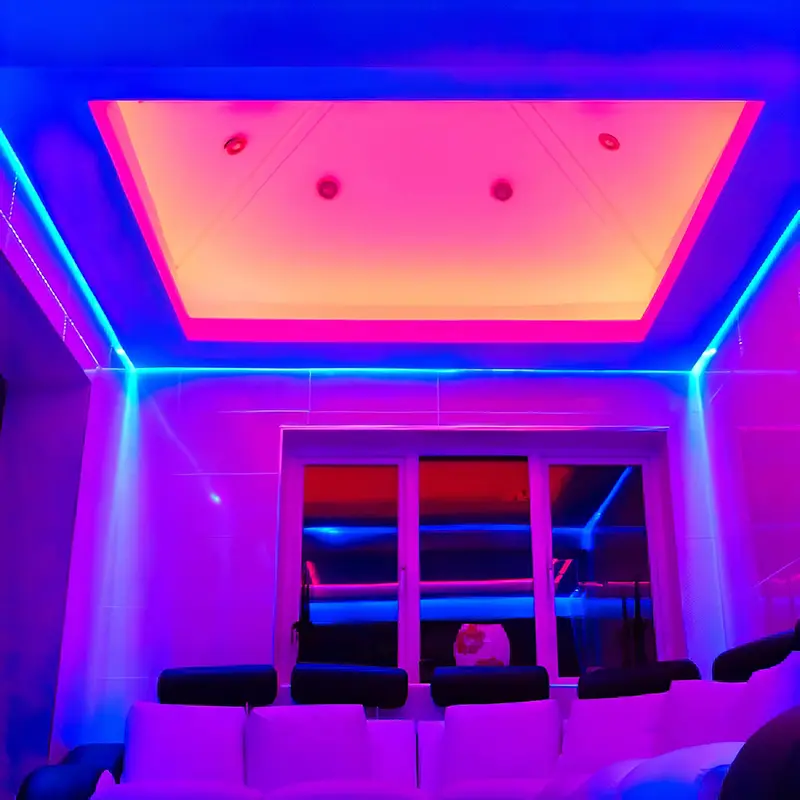
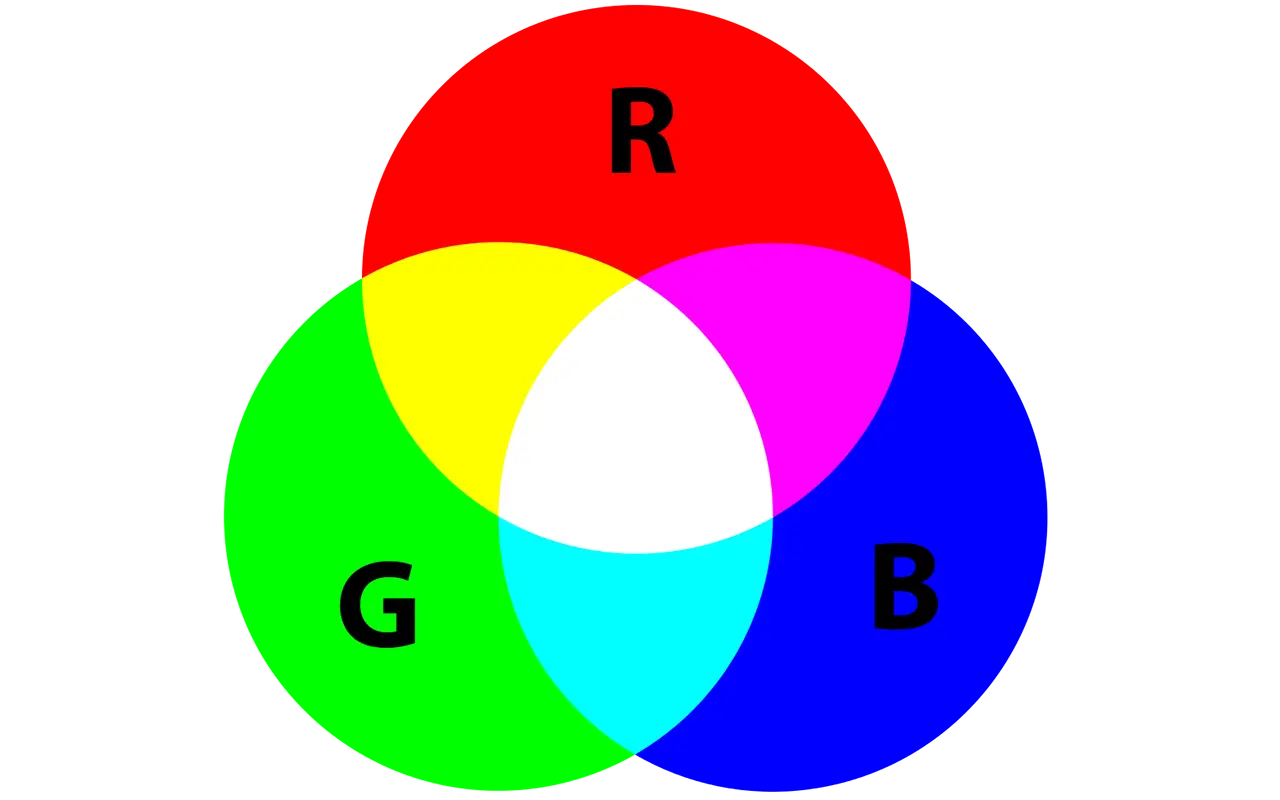
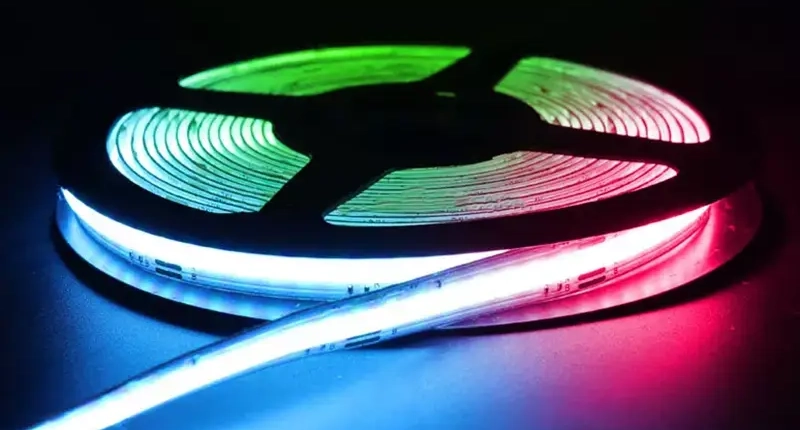

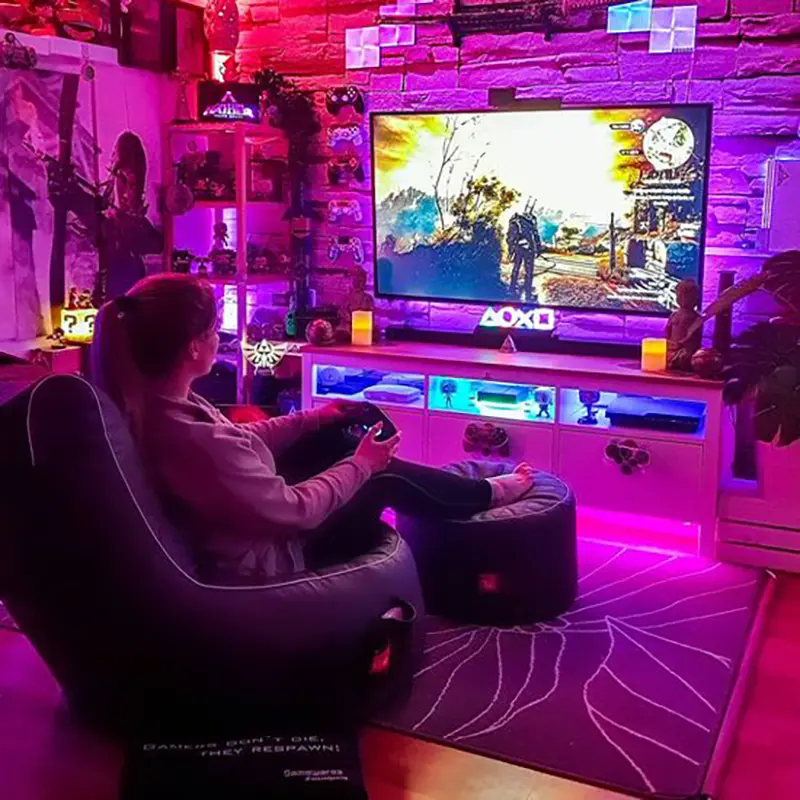


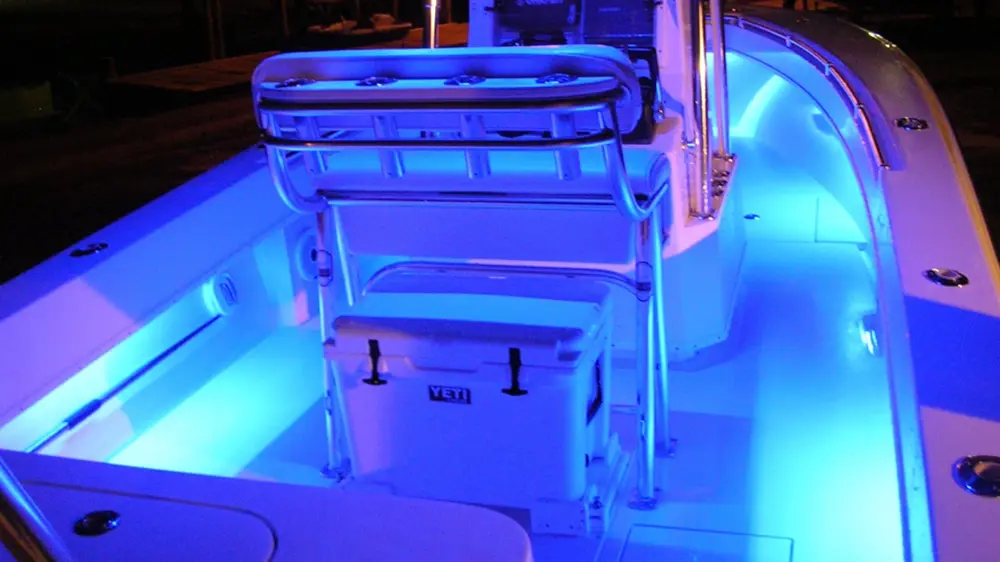
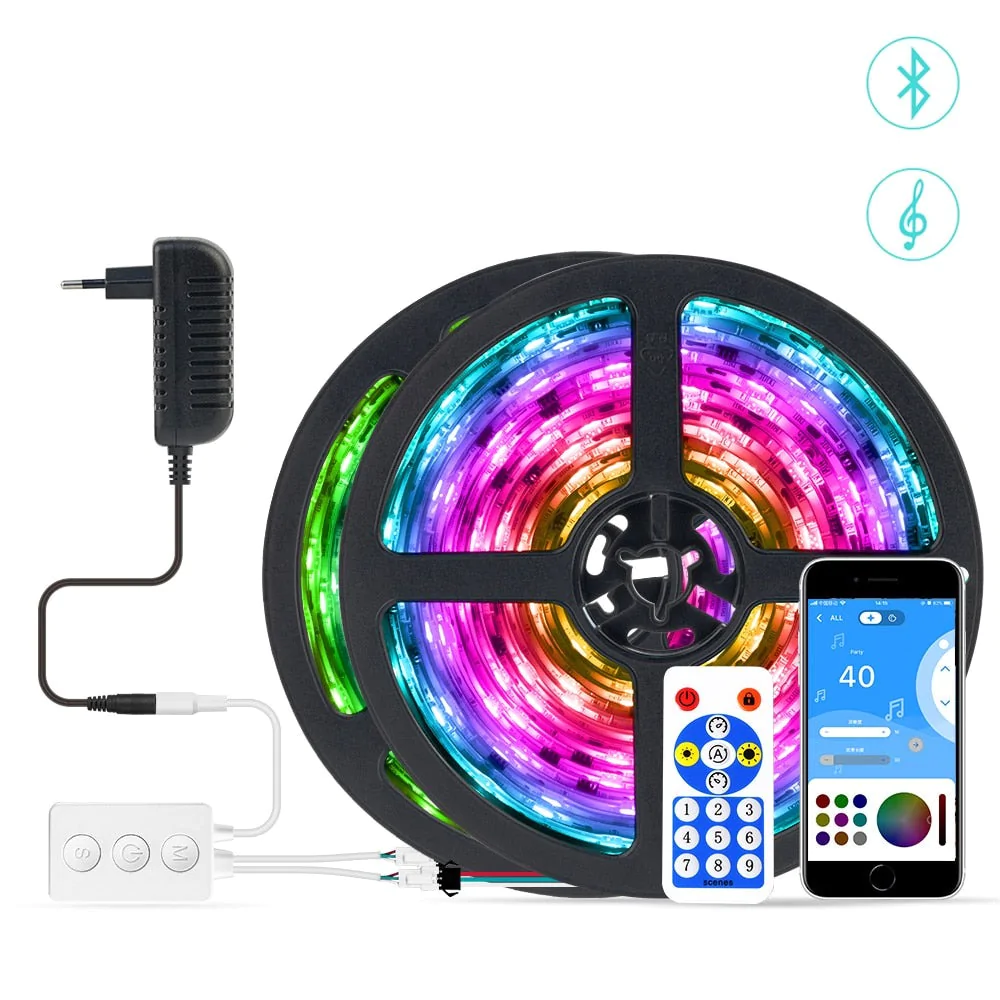
Lascia un Commento
Vuoi partecipare alla discussione?Sentitevi liberi di contribuire!